palm tree root system and venation
Pinnate leaf venation - secondary growth in and thus highly developped root system - vascular bundles in a ring lateral meristem cambium - secondary growth. In some palms like royal palms Roystonea regia the leaf bases are tubular and wrap around each other forming a smooth stem-like structure called a crownshaftNext time youre enjoying the relaxing tropical appeal of a palm you can impress anyone around with your newly acquired knowledge of palm morphology.
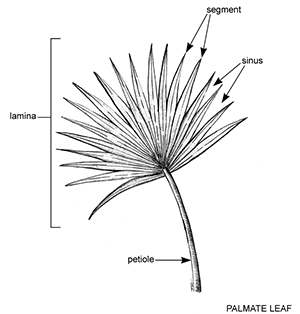
Palm Leaf Structure Gardening Solutions University Of Florida Institute Of Food And Agricultural Sciences
They can also resume growth if theres enough moisture.

. How Far To Dig Around Palm Tree Root Ball. Palm tree roots emerge from the base of a tree unlike the taproot system present in other tree species. For me a mature king palm will be VERY happy with.
A typical mature tree 3050 m tall has a root system that extends horizontally. The palm tree would die because monocots do not produce wood in concentric circles as dicots do. They support the plant body ensuring that it stands erect.
Roots form a root ball from the origination zone with some remaining exposed above the ground. But how deep do palm tree roots grow. The veins radiate in a fan shape from the leaf petiole.
Leaves with parallel venation have a fibrous root system. Roots are the reason plants remain attached to the ground. No roots can form above an indeterminate point on the stem and palm trees can not create new primary roots from older larger established roots below it.
Cool weather 60s-70s no rain. This is for the plants to survive and have life. 9 gallons of water once a week.
But is the palm tree actually a tree. The amount of water per palmplant youll need is going to vary due to climate soil mulching habits adjacent plantings sun exposure etc. Often the roots exposed above the ground stop growing and die off.
Dicot trees can be easily girdled by making a shallow cut into viable vascular bundles found just beneath the bark all the way around the trunk. All palm leaves are attached to the trunk by a flared leaf base. It grows 15 to 20 feet tall and is hardy to USDA hardiness zones 9 through 11 according to AgriLife Extension.
The root initiation zone for some palm plants can be several feet above the ground forming adventitious roots. There are many different venation patterns on the leaves that show their age climate and average water availability. Having insight into the RIZ is key to understanding the method of mounding.
The veins extend from the midrib to the leaf margin. The root initiation zone is actually a restricted area. Circling roots do not continue to circle once planted Most roots are in the top 3 feet of the soils with the majority in the very top Healthy root systems grow away from the trunkthey do not circle or girdle Palm Roots Root Initiation Zone area where roots develop directly from the palm trunk Roots do not increase in diameter.
The fibrous root systems look like a mat made out of roots when the tree has reached full maturity. If you made the. The roots for palm trees stay the same diameter for the life of the root.
The Palms roots are not firmly embedded in the soil. They begin as a single main root like a tap root system but later on spread like a mat on the ground with only a few roots deep into the soil. The root structure of palm plants is fibrous.
Palm trees have very shallow roots compared to other trees or plants because they dont need a lot of depth to get the nutrients they need. The name palm tree suggests that this plant is closely related to the the well known and commonly spread deciduous trees. Unlike broadleaf trees palm trees roots dont need to be pruned.
Palm roots emerge from the stem at their final thickness. Other trees have roots that grow thicker as they mature which can lead to a crack in a sidewalk or concrete surface. Palm trees dont have woody roots like broadleaf trees.
Unlike broadleaf trees palm roots dont increase in diameter and remaining the same size as they first emerged from the base of the palm. A monocots vascular bundles are scattered throughout its stem tissue. Girdling can kill a dicot tree.
A lot of palms depend on the old roots until the new root system is developed. There are many roots but they are thin. Oak and cherry tree leaves have pinnate venation.
Yet the shallow root system of the palm tree is actually an advantage. Within and across species leaves are enormously diverse in venation architecture. Palm tree roots develop at the base of the trunk which sometimes can be above the ground.
Instead they are stretched out like a carpet across the ground penetrating approximately 36 inches of the topsoil. Examples of plants with fibrous roots. Roots perform various functions that are necessary for the survival of the plants.
Palm trees have a fibrous root system with the roots growing shallowly at a depth not exceeding 36 inches deep. Venation is the branching pattern of the veins of leaves. They have a lot of small roots tightly packed together growing from the base of the trunk similar to grass roots.
Unlike adventitious aerial roots fibrous roots are present underground. Palm tree Arecaceae Rice Oryza sativa. Roots merge at their maximum thickness and are unable to develop secondary growth although they do branch.
Most trees begin life with a taproot but after one to a few years change to a wide-spreading fibrous root system with mainly horizontal surface roots and only a few vertical deep anchoring roots. Thus there should be no problems with concrete if youre willing to chance it. All plants have a circulatory system with a network of veins that transport water or other substances throughout the plant.
Primary function of the roots is to absorb water and. The roots absorb moisture to hydrate the tree which is especially important during the dry season and droughts in tropical climates. They are an integral or integrated system that helps the plant in.
They grow horizontally and remain narrow even as the plant grows taller. Shallow roots extend into the first four feet of soil with deeper roots near the. Palm roots grow from a special area of the stem called root initiation zone.
Ever since a seminal review introduced a new integrative science of leaf venation Roth-Nebelsick et al 2001 there has been increasing recognition across plant biology and ecology of the importance of leaf venationWe aimed to initiate new researchers into the.
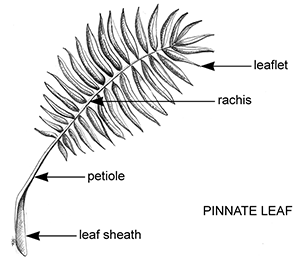
Palm Leaf Structure Gardening Solutions University Of Florida Institute Of Food And Agricultural Sciences

Root System Of Palm Trees Studiousguy

Root System Of Palm Trees Studiousguy

Arecaceae An Overview Sciencedirect Topics

Root System Of Palm Trees Studiousguy

Root System Of Palm Trees Studiousguy
Palm Trees For Dummies Palm Tree Anatomy Everything You Should Know About Palm Trees La Palmeraie Gb

Root System Of Palm Trees Studiousguy

Crooked Palm Tree High Resolution Stock Photography And Images Alamy

Palm Tree Cut Out High Resolution Stock Photography And Images Alamy

Root System Of Palm Trees Studiousguy

Crooked Palm Tree High Resolution Stock Photography And Images Alamy
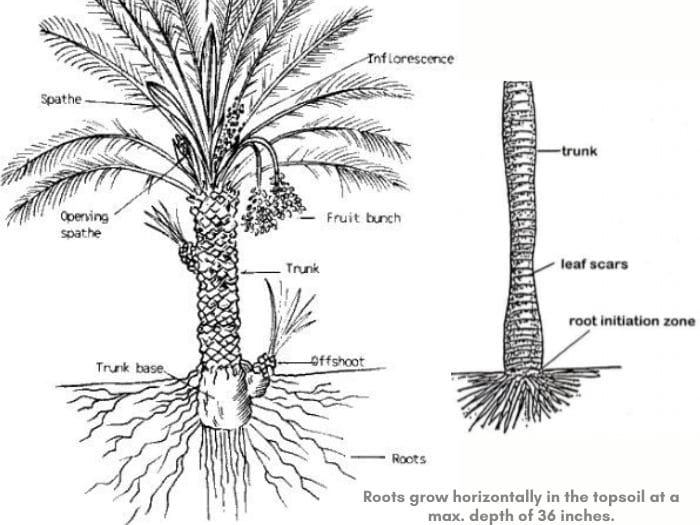
Palm Tree Roots How Deep Do They Grow Facts Gardenine
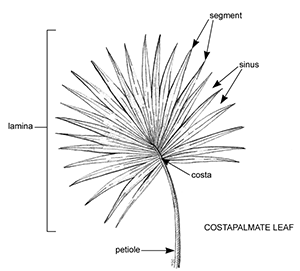
Palm Leaf Structure Gardening Solutions University Of Florida Institute Of Food And Agricultural Sciences

Palm Tree Close Up Images Stock Photos Vectors Shutterstock
Palm Trees For Dummies Palm Tree Anatomy Everything You Should Know About Palm Trees La Palmeraie Gb
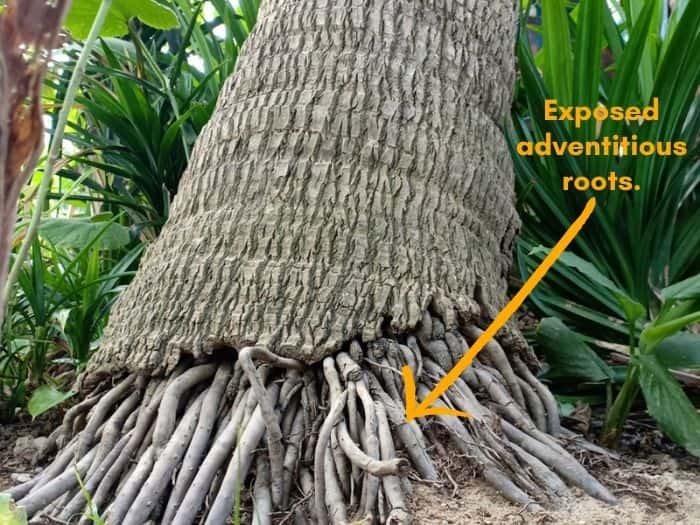
Palm Tree Roots How Deep Do They Grow Facts Gardenine
Palm Trees For Dummies Palm Tree Anatomy Everything You Should Know About Palm Trees La Palmeraie Gb
